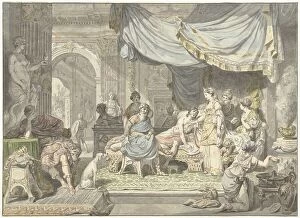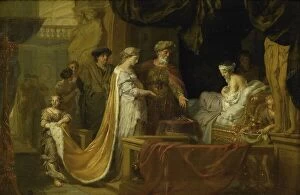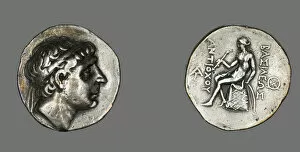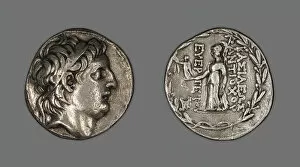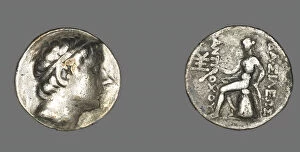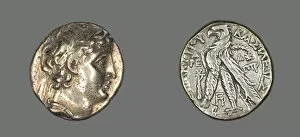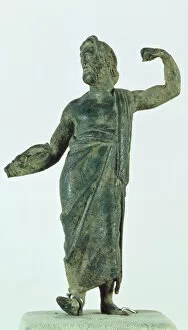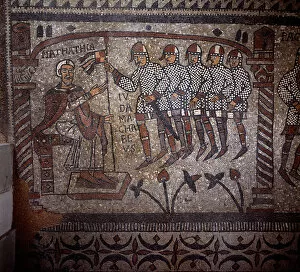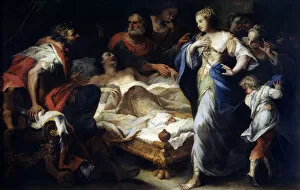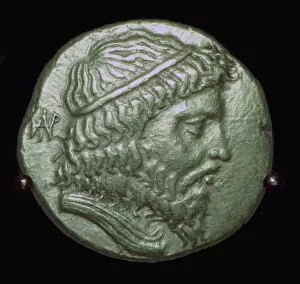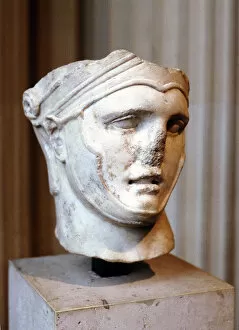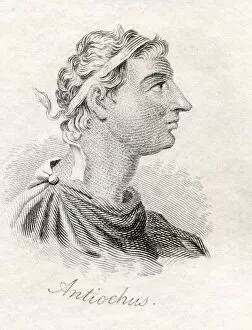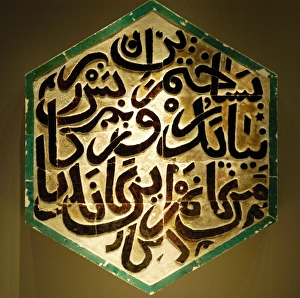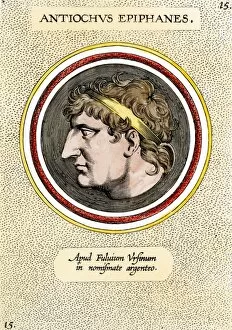Seleucid Collection
The Seleucid Empire, a vast Hellenistic kingdom that once stretched across the ancient lands of Persia, Mesopotamia, and Syria
All Professionally Made to Order for Quick Shipping
The Seleucid Empire, a vast Hellenistic kingdom that once stretched across the ancient lands of Persia, Mesopotamia, and Syria, left behind a rich legacy of art and artifacts. From the Grave stele of Salmamodes in Sidon to Greek steles adorned with traces of polychromy, these intricate sculptures offer glimpses into the artistic prowess of this empire. One such remarkable piece is the Mosaic with Arabic scripture from 1242-1243 found in the Madrasa. Its vibrant colors and delicate calligraphy showcase the cultural fusion that occurred during this period. In addition to these stunning artworks, coins played an essential role in disseminating political messages. Tetradrachms portraying various kings like Antiochus I Soter, Antiochus VII Euergetes Sidetes, and Antiochus III The Great provide valuable insights into their reigns and aspirations for power. Demetrios I Soter's tetradrachm coin reveals his rule from 162-150 BCE while Emperor Antiochos VIII Grypos' coin showcases his reign from 104-96 BCE. These coins were not only symbols of wealth but also tools for propaganda. Furthermore, Demetrius II Nikator's tetradrachm coin sheds light on his short-lived rule from 130-129 BCE. Another intriguing artifact is a shield depicted on a coin issued by King Demetrius II around 239-229 BCE. Lastly, we have King Philippus I Philadelphus' tetradrachm coin dating back to 92-83 BCE. This exquisite piece demonstrates how art was used as a means to legitimize rulership and commemorate significant events within the empire.



